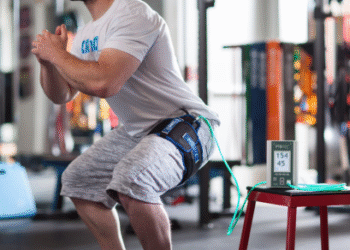Orthopedic surgery plays a vital role in restoring mobility and reducing pain. Many people face joint issues, often from injuries or age-related wear. Procedures like Chula Vista open reduction internal fixation can help. This approach aids in fixing broken bones and preserving joints. By focusing on joint preservation, we aim for less invasive methods. These techniques promote healing and maintain joint function. Understanding these processes is key to a healthier, active life.
The Path to Joint Preservation
Joint preservation is about maintaining natural joint structures. This means fixing problems early to avoid or delay joint replacements. When we address issues promptly, we can often save the joint. This approach includes various techniques and strategies.
Common Joint Preservation Techniques
There are several ways doctors can help preserve joints:
- Arthroscopy: Using small incisions and a camera to repair damage.
- Osteotomy: Cutting and reshaping bones to relieve pressure.
- Cartilage Restoration: Rebuilding or replacing damaged cartilage.
Each method has its place, depending on the type and severity of the joint issue. For more detailed information on these techniques, refer to the National Institute of Arthritis and Musculoskeletal and Skin Diseases.
Benefits of Joint Preservation
Preserving joints offers several benefits:
- Reduced pain and swelling.
- Improved function and mobility.
- Extended lifespan of the natural joint.
By keeping a joint intact, we help individuals maintain their quality of life. This approach also delays the need for more invasive surgeries like joint replacements.
Comparing Joint Preservation and Replacement
Understanding the differences between preservation and replacement is important. Here’s a simple comparison:
| Aspect | Joint Preservation | Joint Replacement |
| Invasiveness | Less invasive | More invasive |
| Recovery Time | Shorter | Longer |
| Longevity | Preserves natural joint | Artificial joint may wear out |
Both options have their merits. The choice depends on the individual’s condition and needs. Learn more about joint replacement from the American Academy of Orthopaedic Surgeons.
Preparing for Surgery
Preparation is key for any surgery. A few steps can help set the stage for a successful outcome:
- Discuss all options with your doctor.
- Understand the procedure and recovery process.
- Follow pre-surgery instructions carefully.
Being well-prepared can ease anxiety and improve recovery. It’s crucial to have open communication with the medical team.
The Road to Recovery
After surgery, rehabilitation is vital. This process includes:
- Physical therapy to restore movement.
- Exercises to strengthen the joint.
- Adhering to a personalized recovery plan.
Each individual’s path to recovery will be unique. Consistency and dedication to the rehab plan will lead to the best outcome.
Conclusion
Orthopedic surgery, especially when focused on joint preservation, can change lives. The goal is to maintain natural joints for as long as possible. This approach offers hope for many facing joint issues. Through careful planning, skilled procedures, and committed recovery, joint preservation stands as a beacon of hope for a pain-free, active future.













